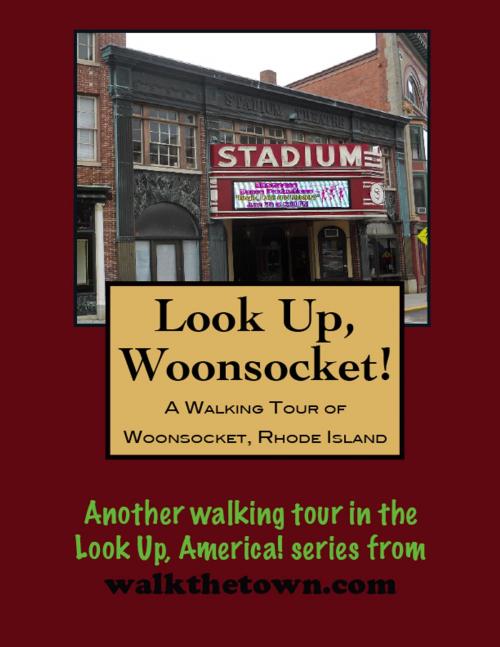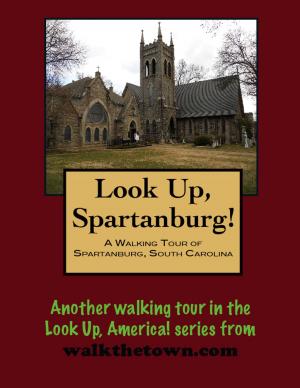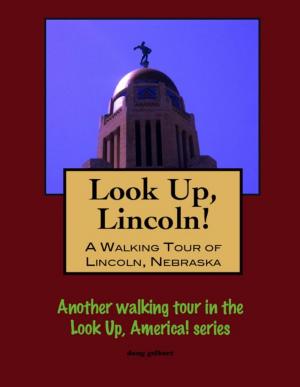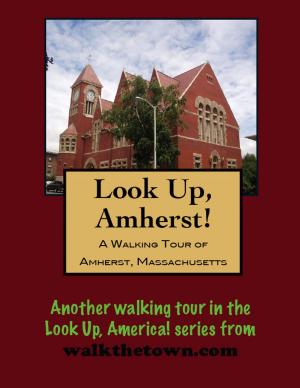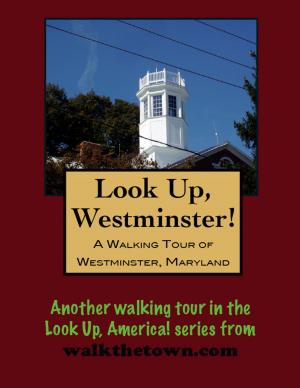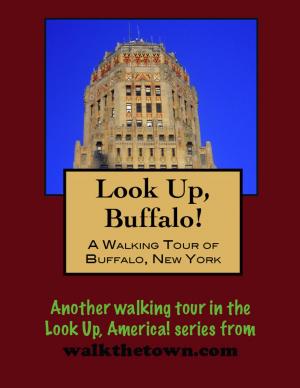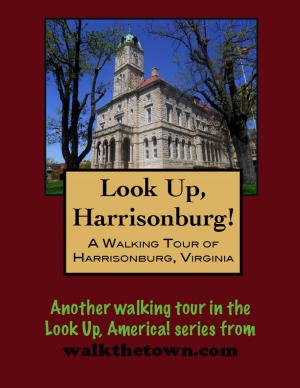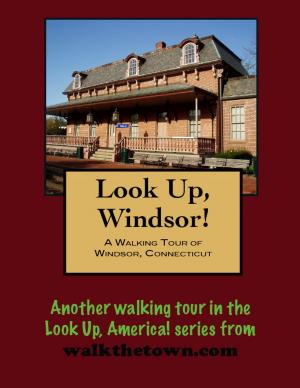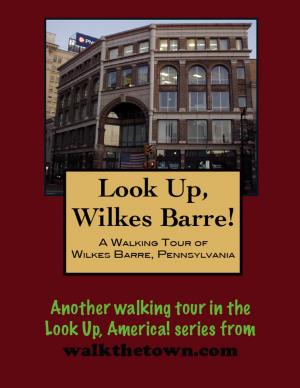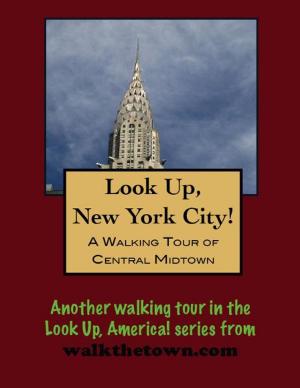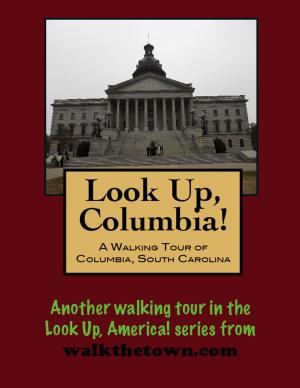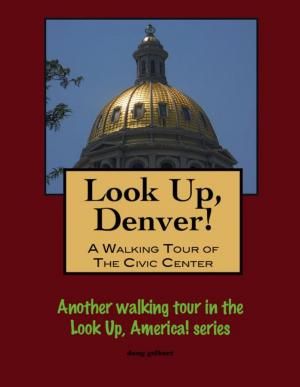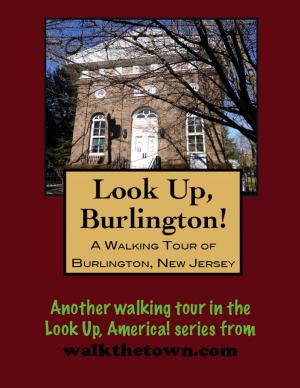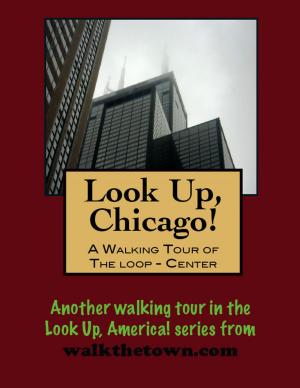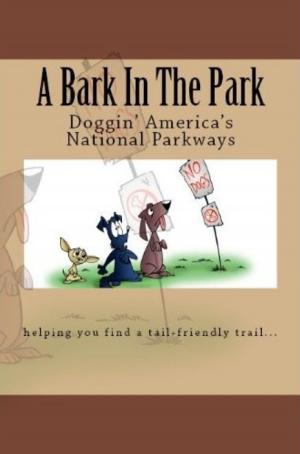| Author: | Doug Gelbert | ISBN: | 9781458118608 |
| Publisher: | Doug Gelbert | Publication: | February 13, 2011 |
| Imprint: | Smashwords Edition | Language: | English |
| Author: | Doug Gelbert |
| ISBN: | 9781458118608 |
| Publisher: | Doug Gelbert |
| Publication: | February 13, 2011 |
| Imprint: | Smashwords Edition |
| Language: | English |
There is no better way to see America than on foot. And there is no better way to appreciate what you are looking at than with a walking tour. Whether you are preparing for a road trip or just out to look at your own town in a new way, a downloadable walking tour is ready to explore when you are.
Each walking tour describes historical and architectural landmarks and provides pictures to help out when those pesky street addresses are missing. Every tour also includes a quick primer on identifying architectural styles seen on American streets.
A plantation grant Richard Arnold received from the Providence Committee in the 1660s led to the European settling of the area around the serpentine Blackstone River. Unfortunately the grant didn’t come with its own police force and in the early days there were constant spats around the Massachusetts border that included kidnapping and the use of armed forces. The land would not be peaceably settled into well into the 1700s.
Beyond that, there was little reason to take notice of the farming community that took the name Woonsocket Falls, a moniker of unknown derivation but is most accepted as a translation from the Indian tongue of “thunder mist” in describing the spray from the river’s dominant falls.
That all changed in 1829 with the opening of the Worcester-Providence Canal. Suddenly the water power of the Blackstone River shifted from producing local meal and lumber to producing products - mostly textiles - for far-flung markets. By 1850 the area was teeming with factories and welcoming an influx of new workers, first from Ireland and then from French Canada. In 1888, the neighboring factory communities of Woonsocket Falls, Globe, Social, Bernon, Hamlet and Jenksville banded together to form the City of Woonsocket.
Our walking tour will visit four historic squares on both sides of the Blackstone River and we’ll start at the namesake falls where some mills remain and some have been cleared to form a visitor-friendly parking lot...
There is no better way to see America than on foot. And there is no better way to appreciate what you are looking at than with a walking tour. Whether you are preparing for a road trip or just out to look at your own town in a new way, a downloadable walking tour is ready to explore when you are.
Each walking tour describes historical and architectural landmarks and provides pictures to help out when those pesky street addresses are missing. Every tour also includes a quick primer on identifying architectural styles seen on American streets.
A plantation grant Richard Arnold received from the Providence Committee in the 1660s led to the European settling of the area around the serpentine Blackstone River. Unfortunately the grant didn’t come with its own police force and in the early days there were constant spats around the Massachusetts border that included kidnapping and the use of armed forces. The land would not be peaceably settled into well into the 1700s.
Beyond that, there was little reason to take notice of the farming community that took the name Woonsocket Falls, a moniker of unknown derivation but is most accepted as a translation from the Indian tongue of “thunder mist” in describing the spray from the river’s dominant falls.
That all changed in 1829 with the opening of the Worcester-Providence Canal. Suddenly the water power of the Blackstone River shifted from producing local meal and lumber to producing products - mostly textiles - for far-flung markets. By 1850 the area was teeming with factories and welcoming an influx of new workers, first from Ireland and then from French Canada. In 1888, the neighboring factory communities of Woonsocket Falls, Globe, Social, Bernon, Hamlet and Jenksville banded together to form the City of Woonsocket.
Our walking tour will visit four historic squares on both sides of the Blackstone River and we’ll start at the namesake falls where some mills remain and some have been cleared to form a visitor-friendly parking lot...
